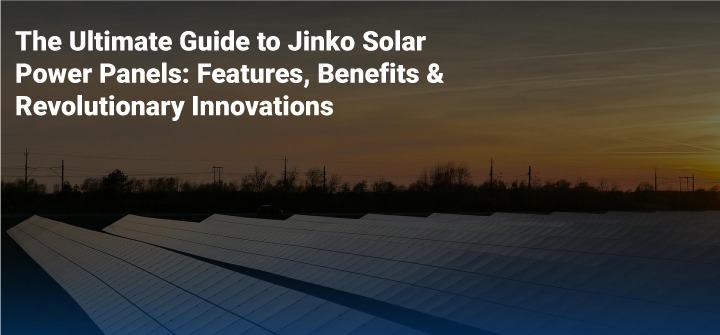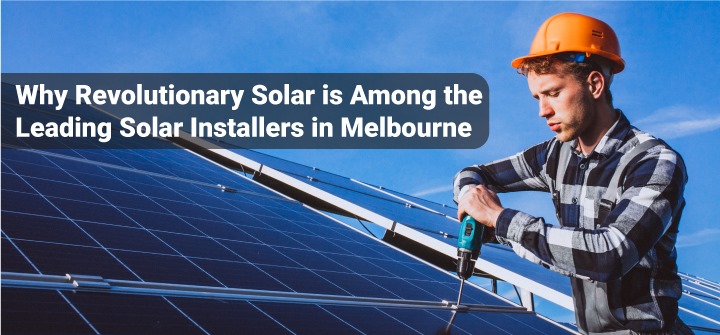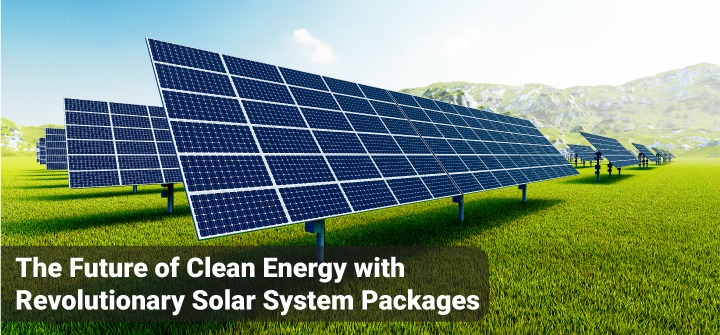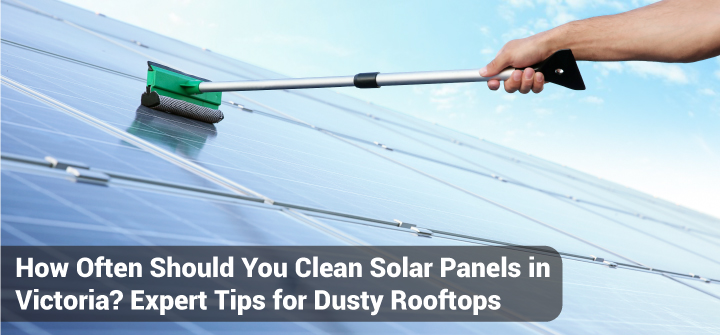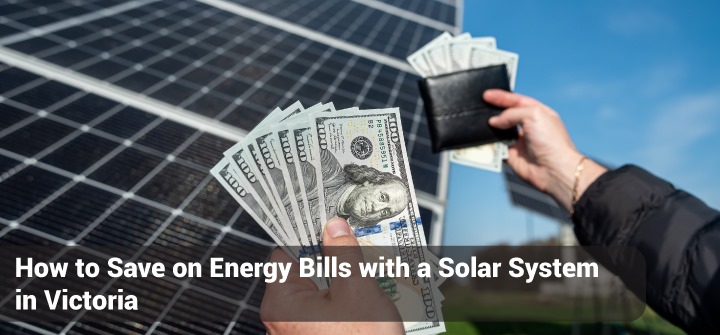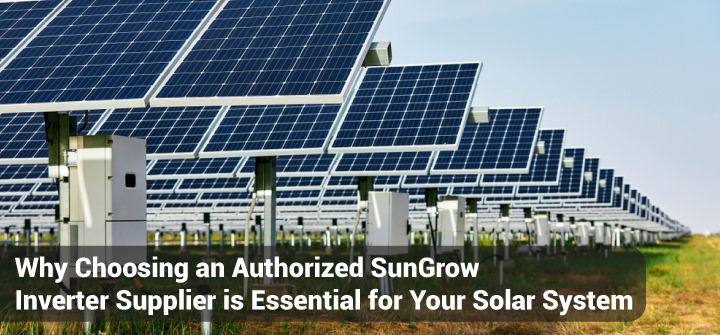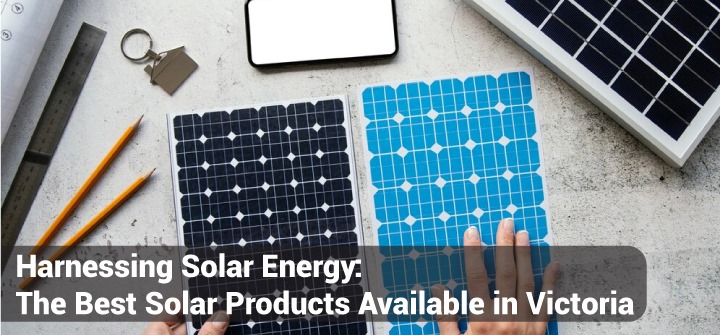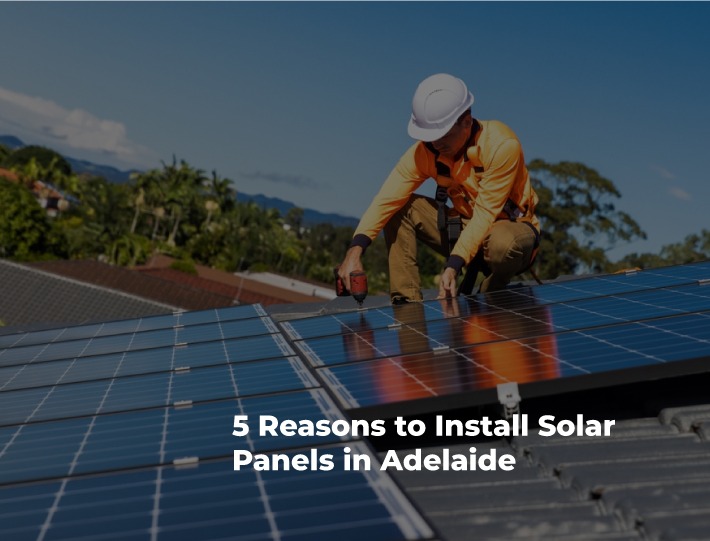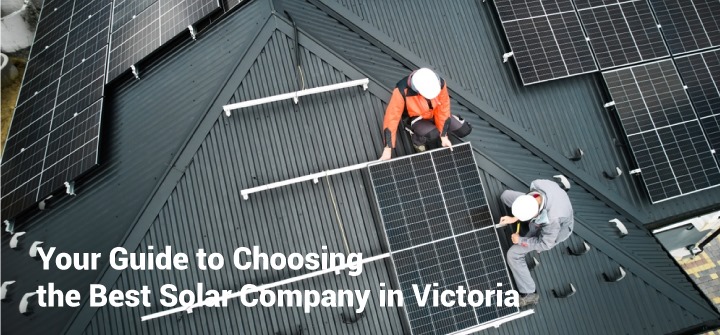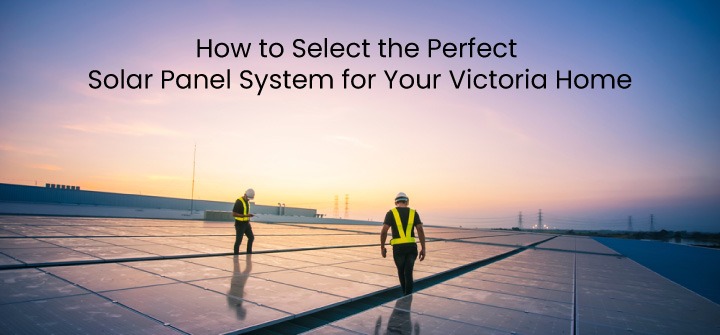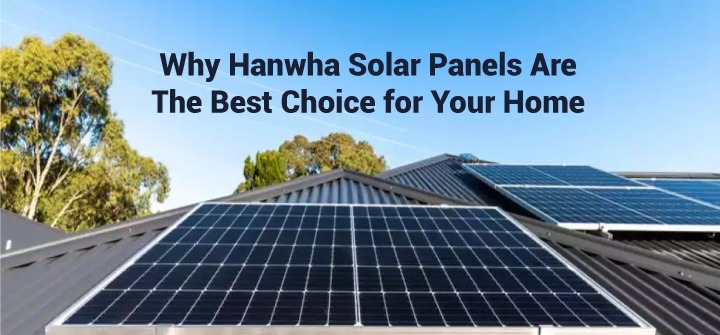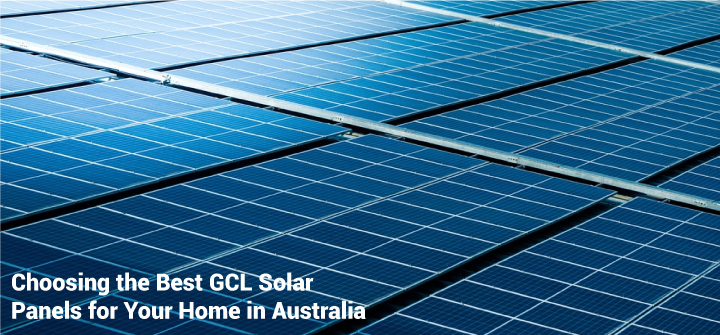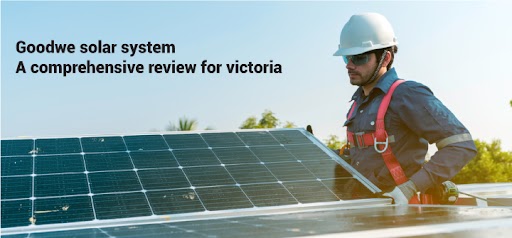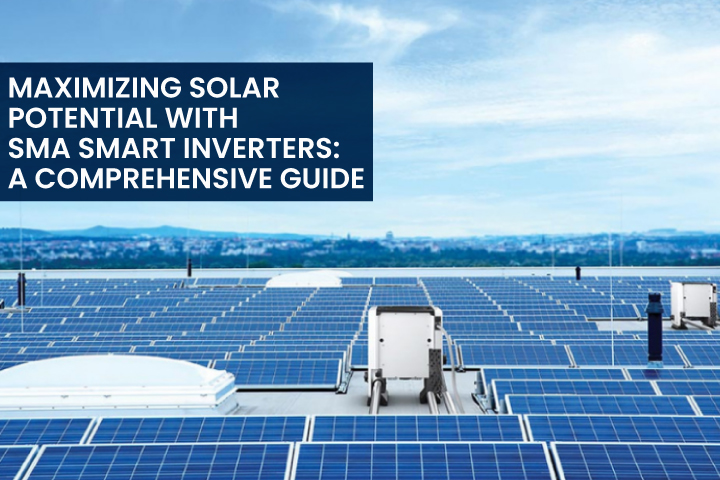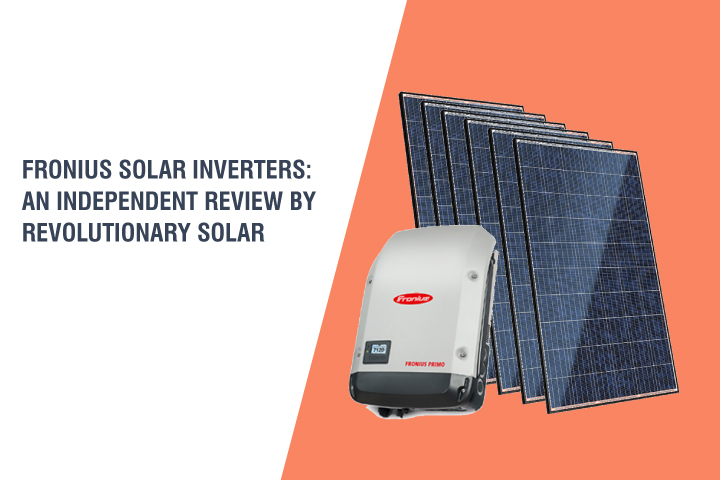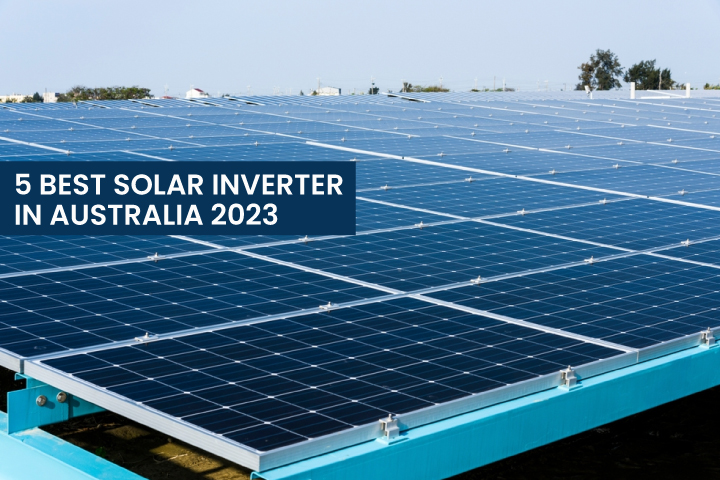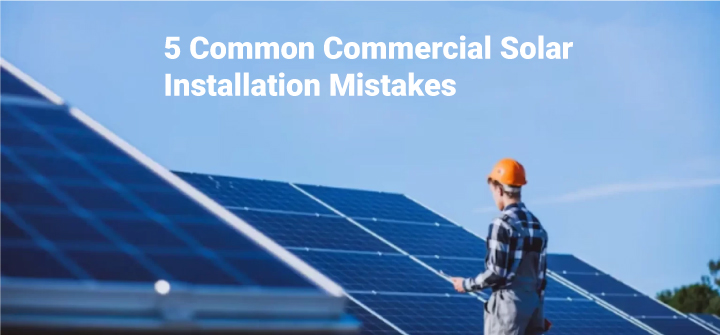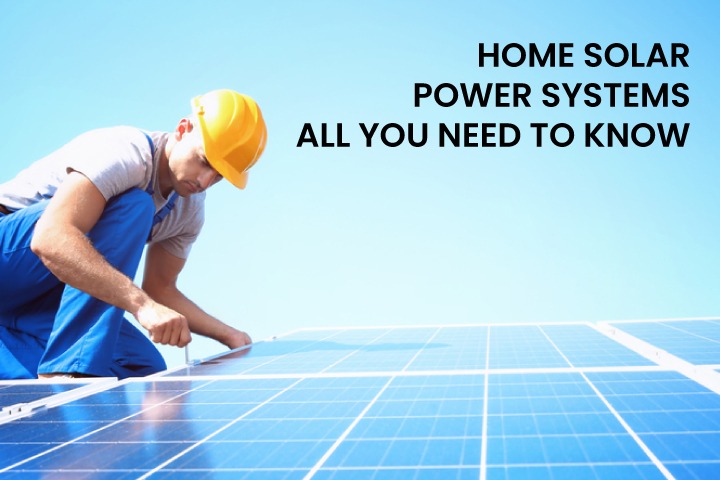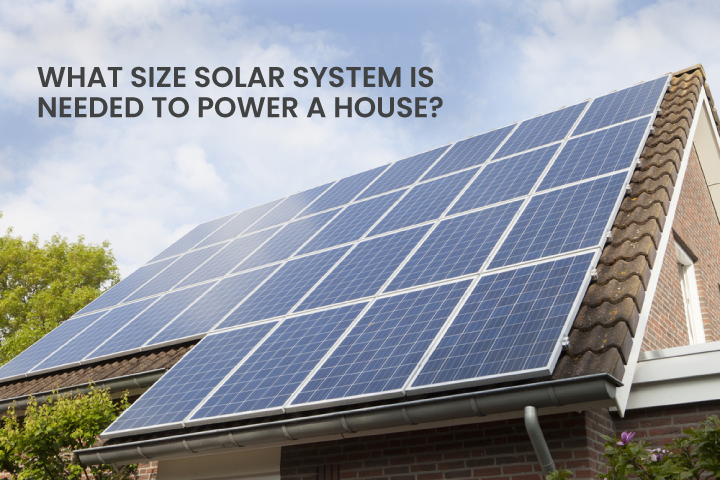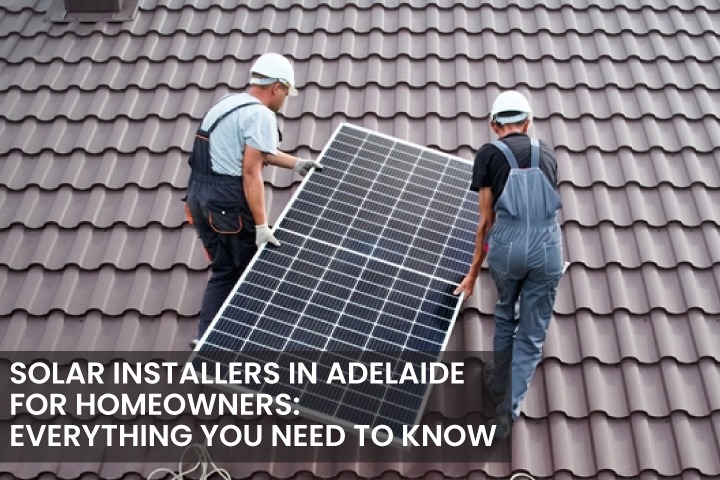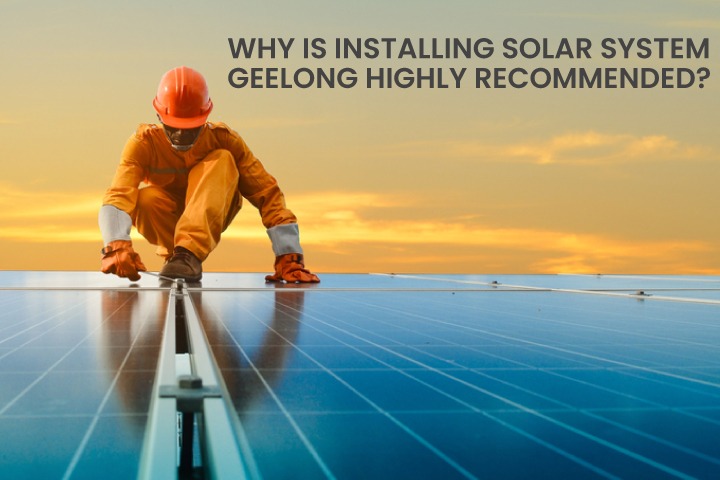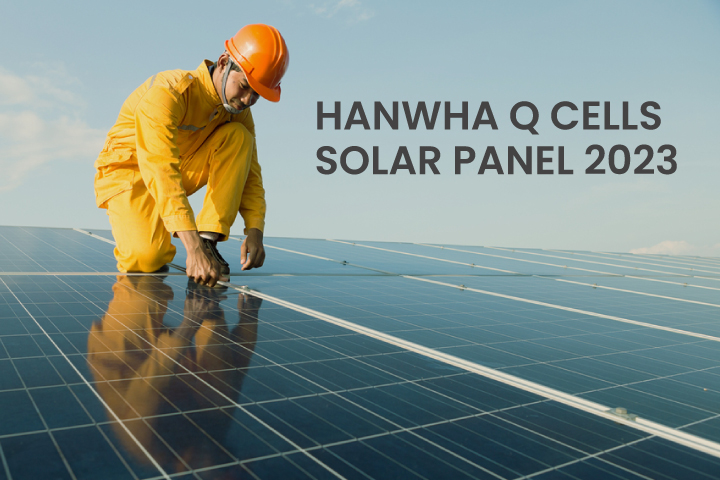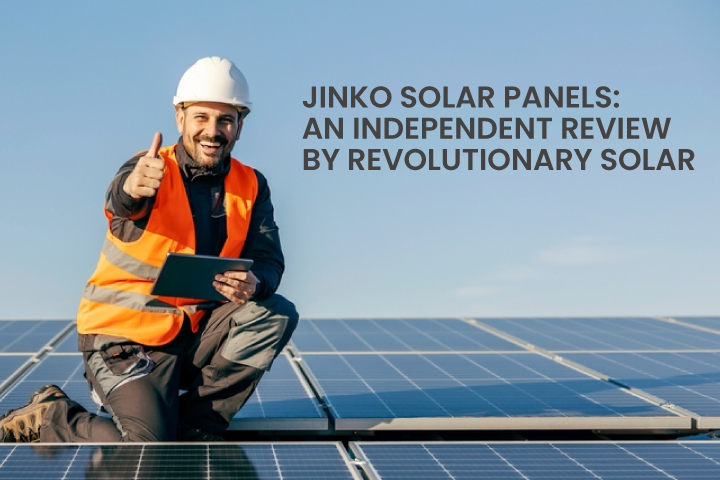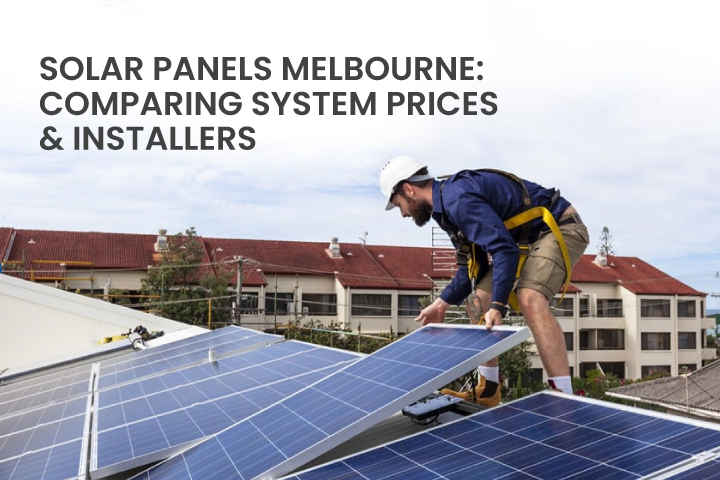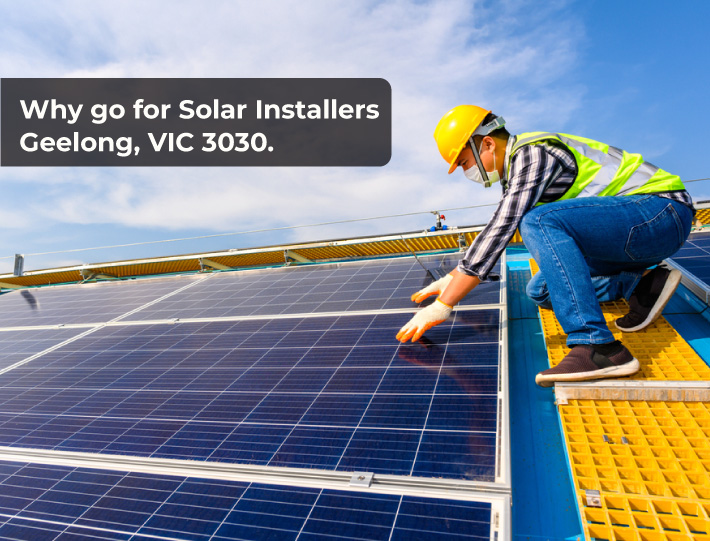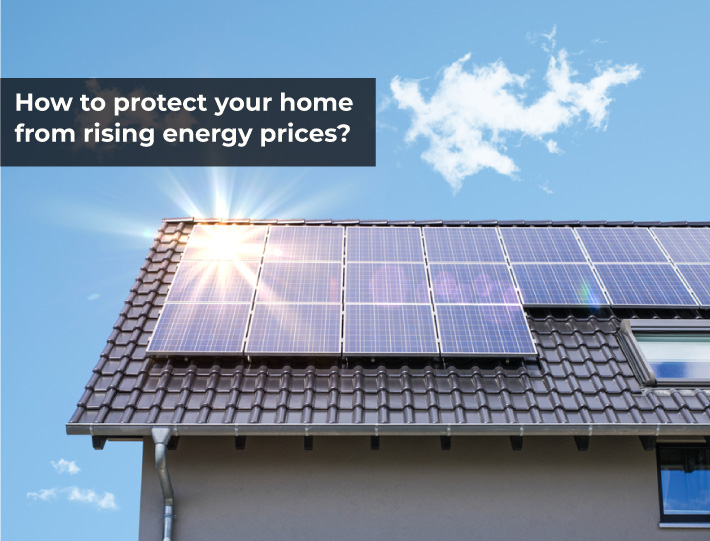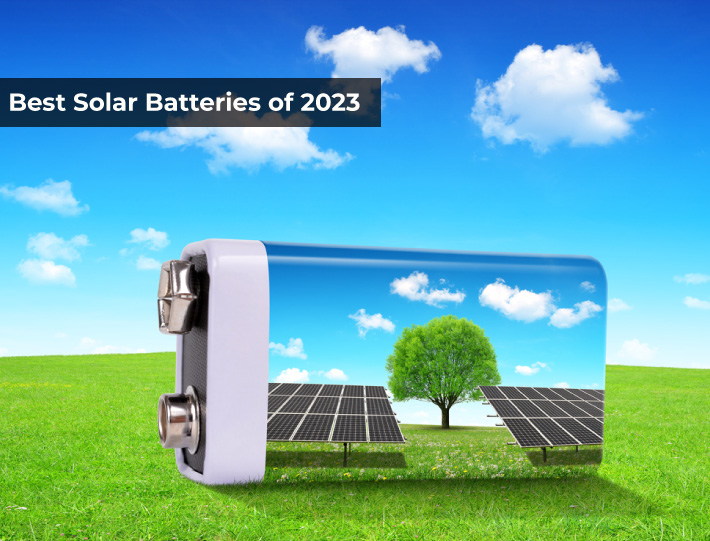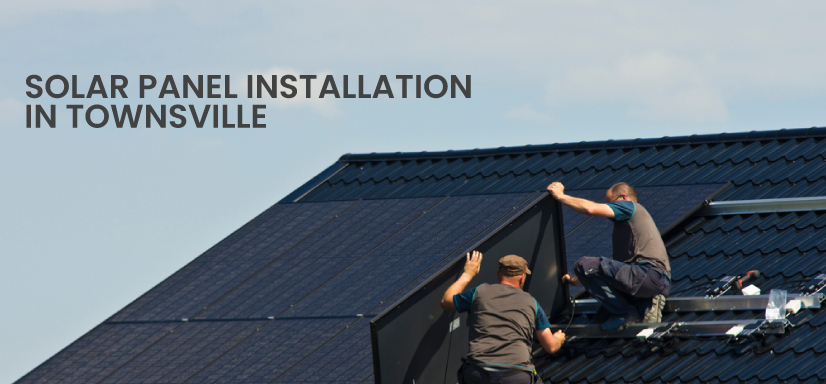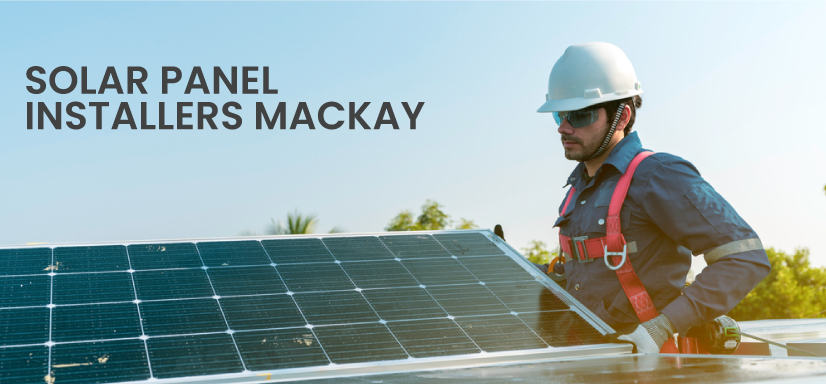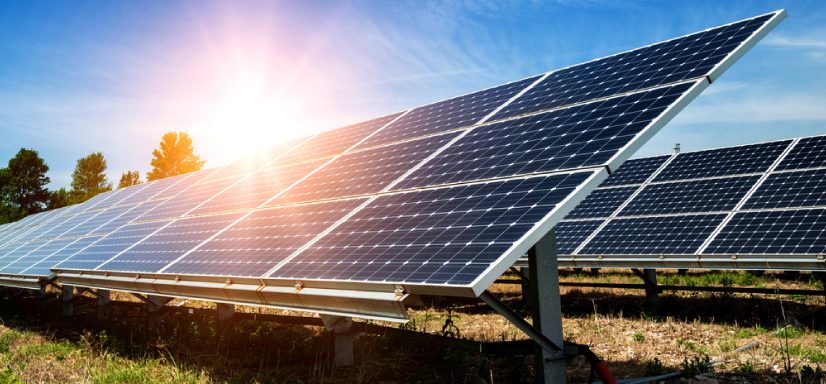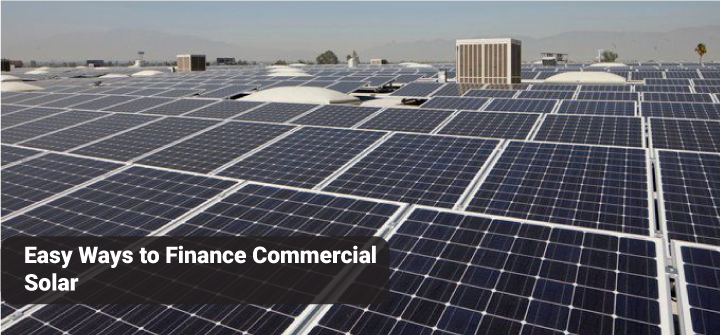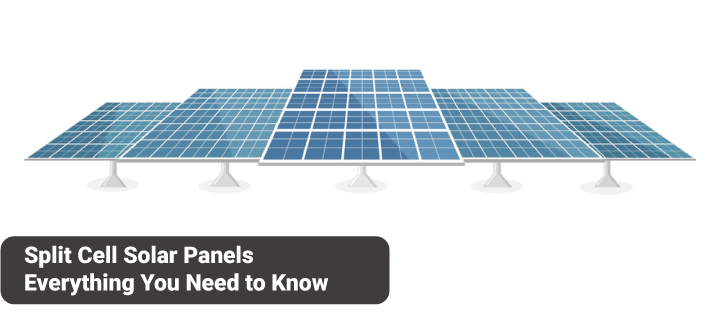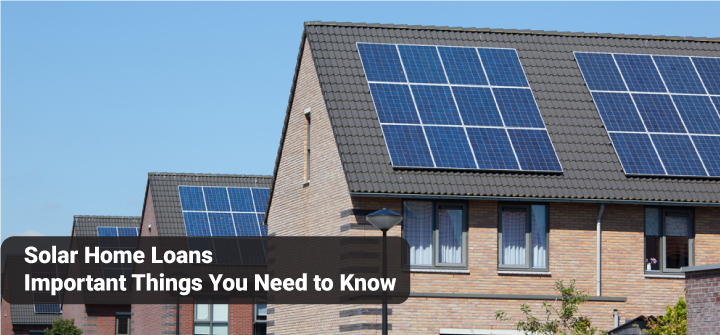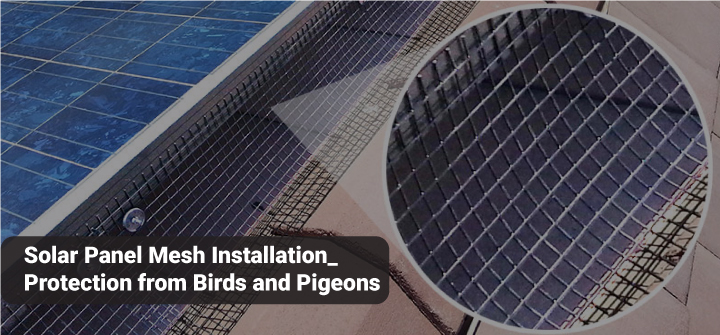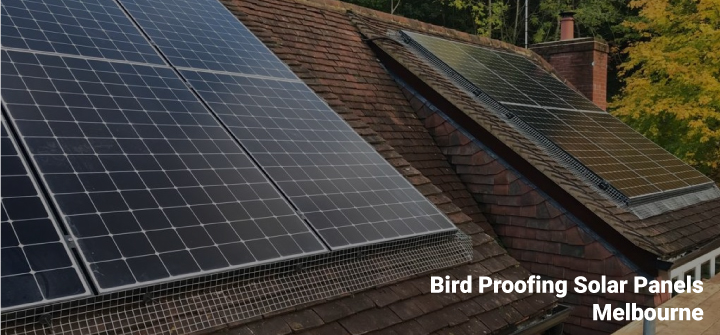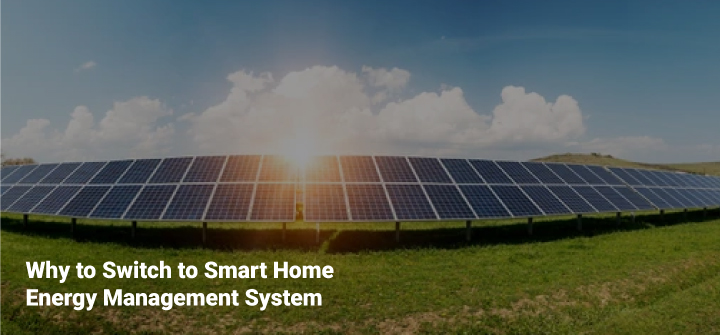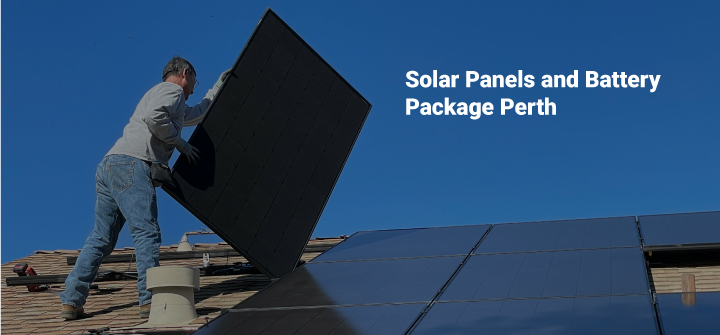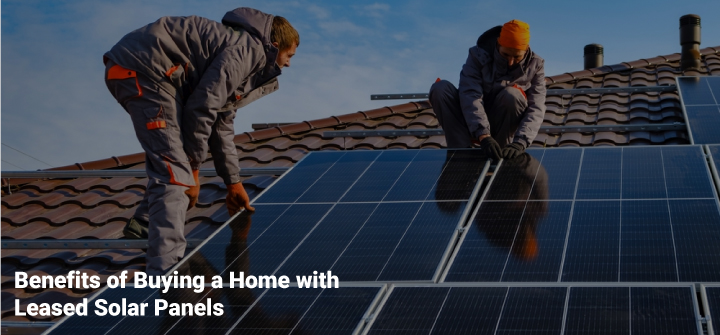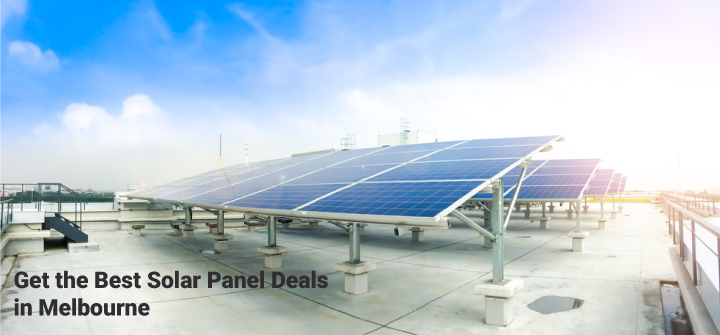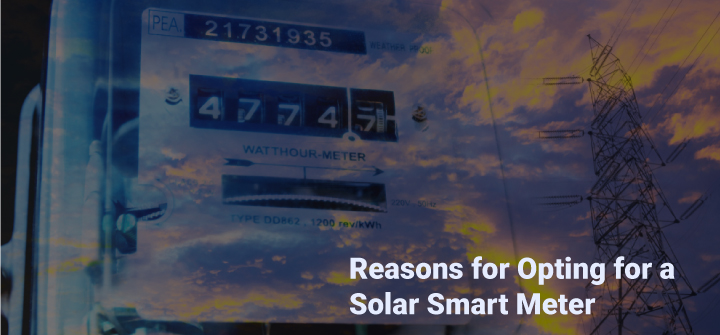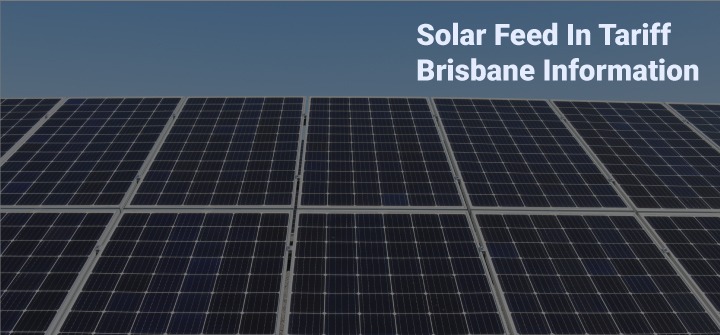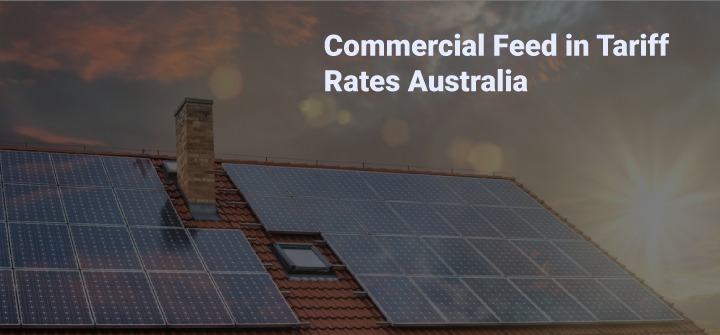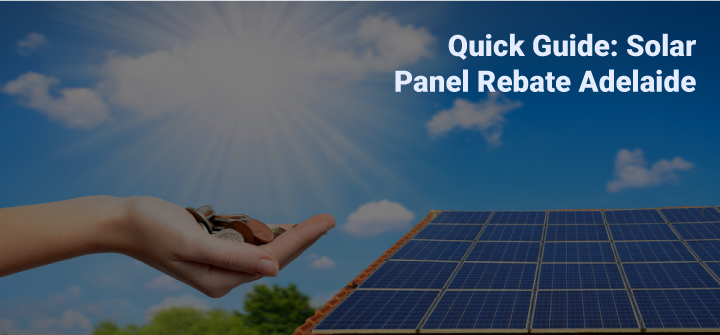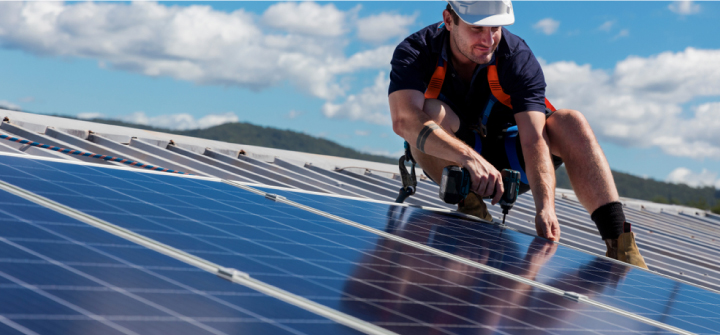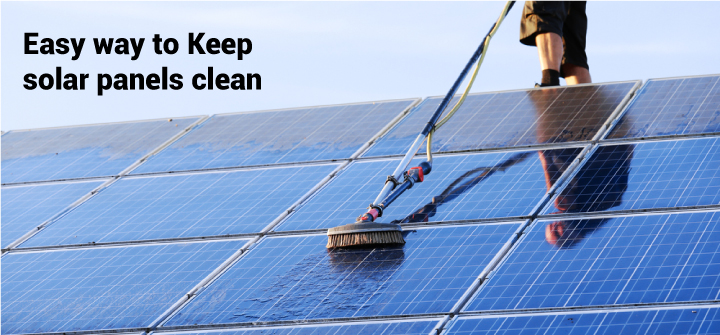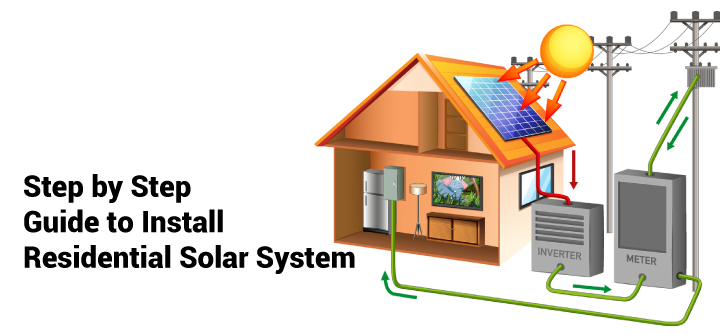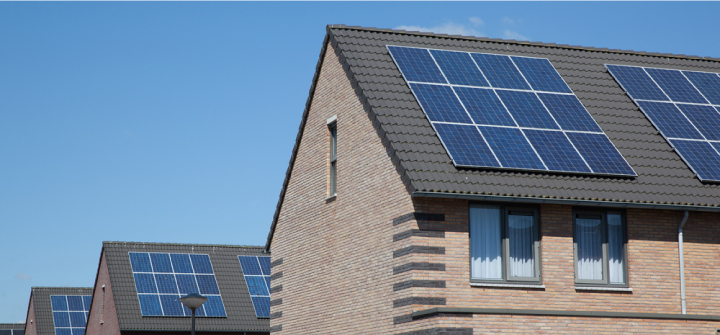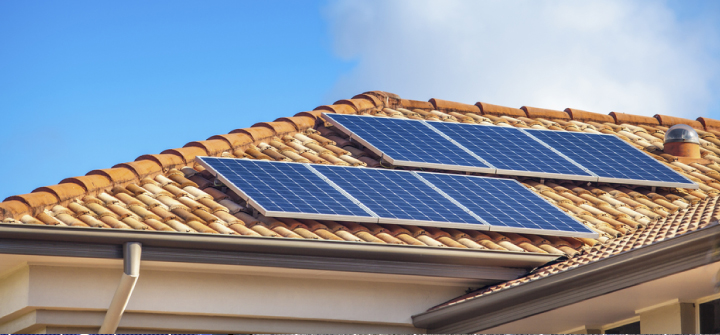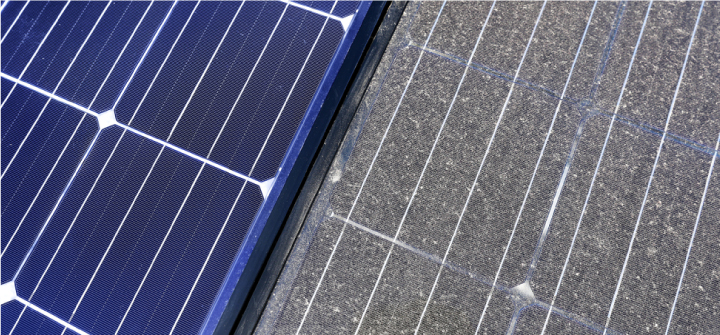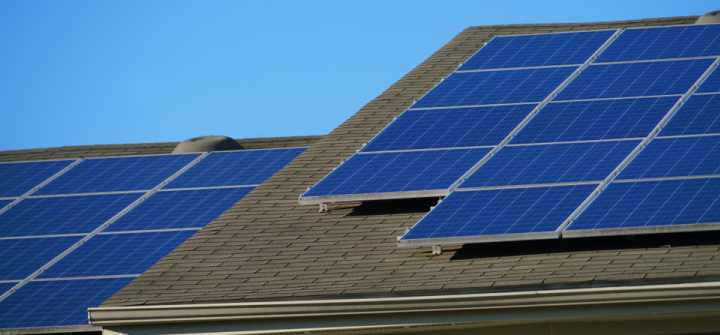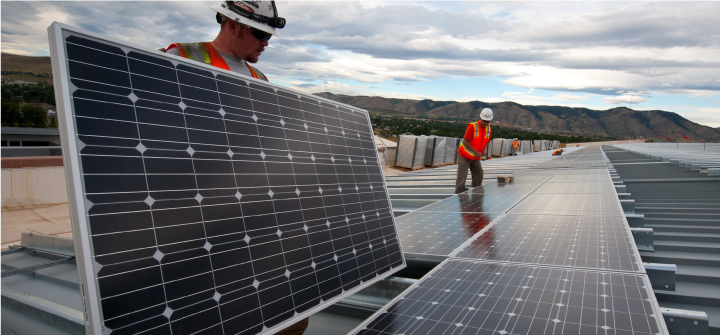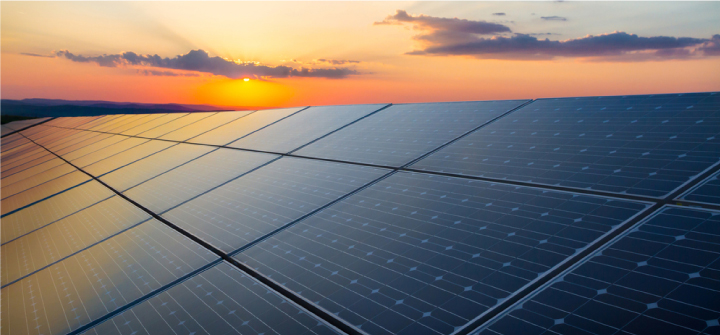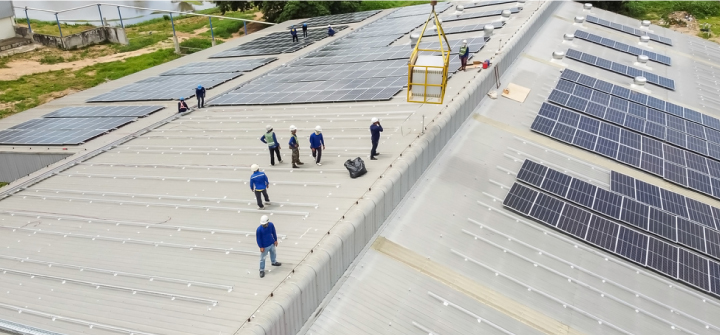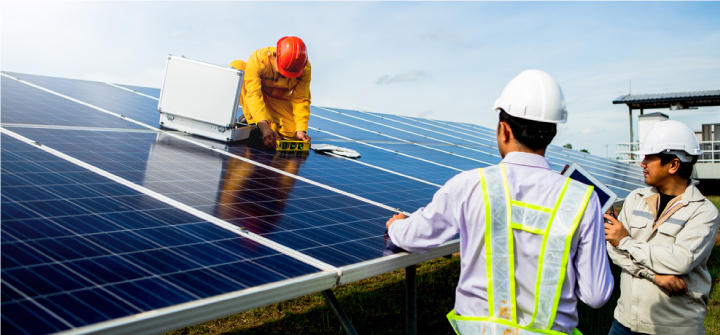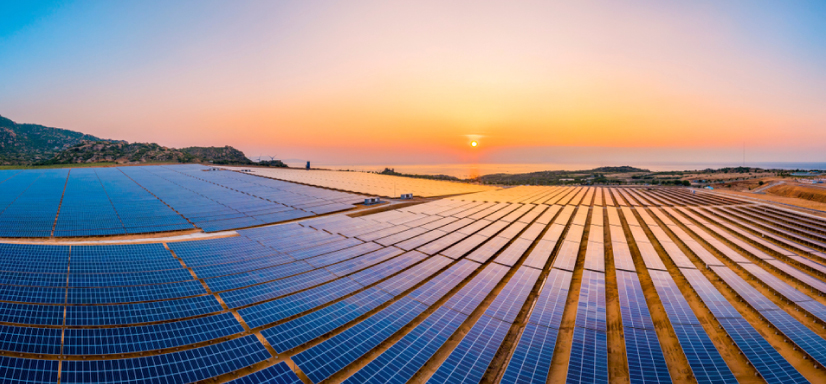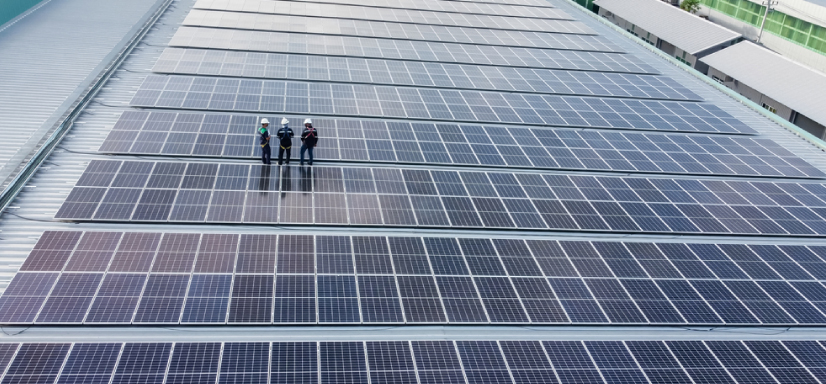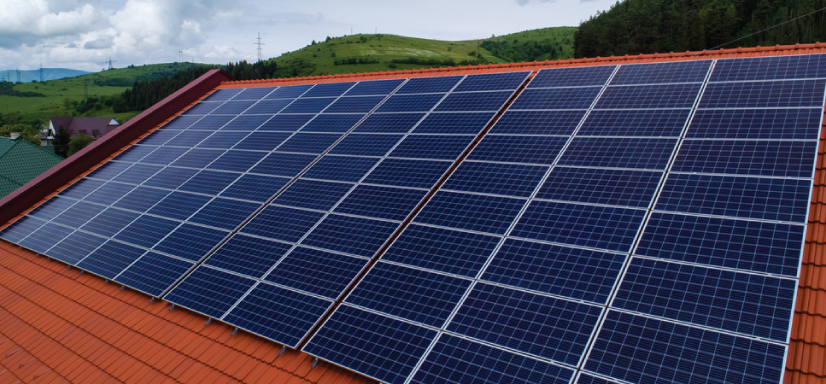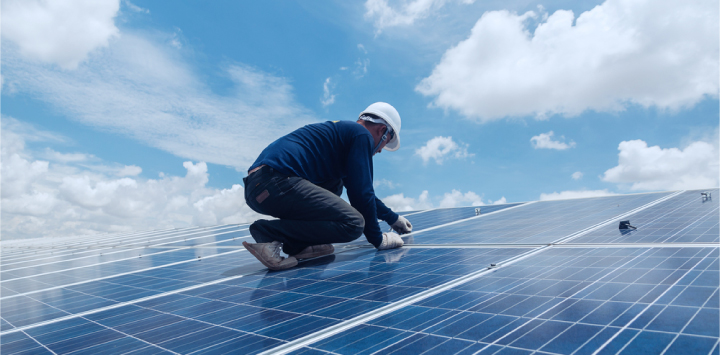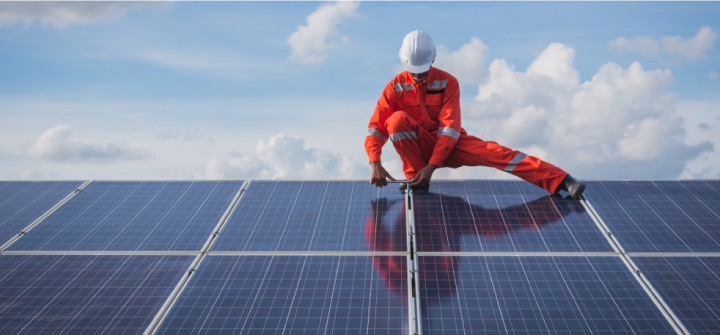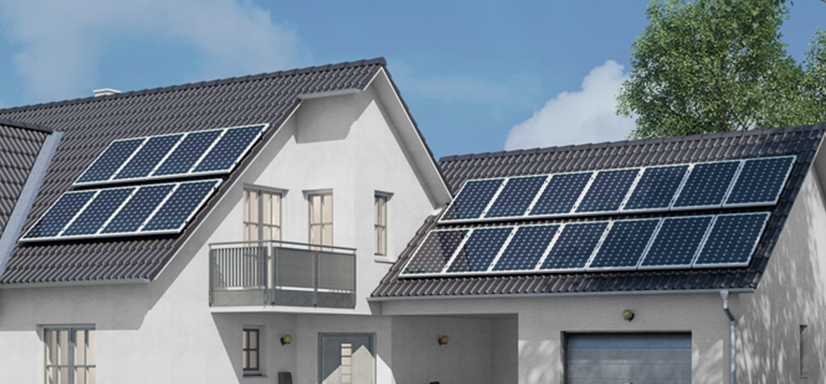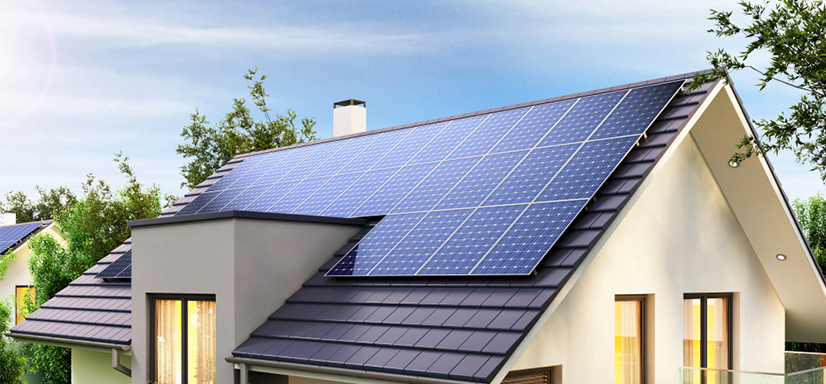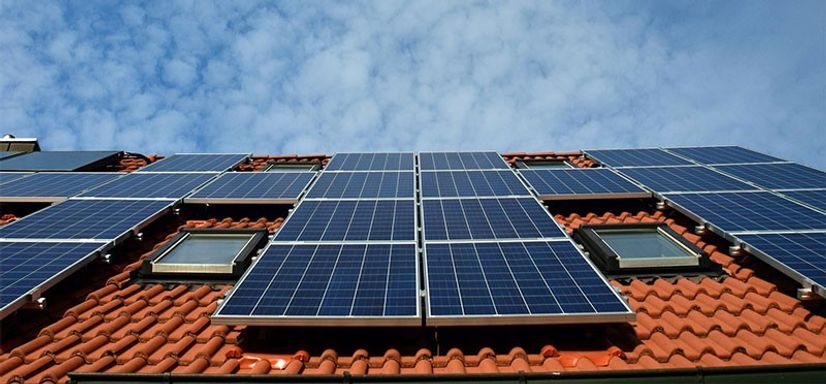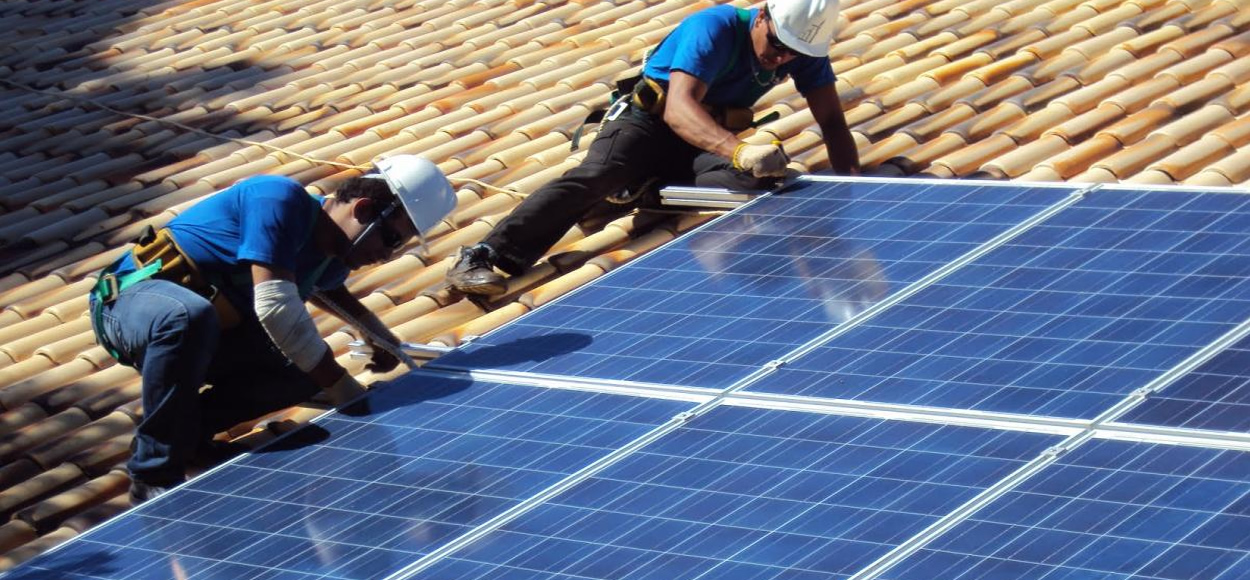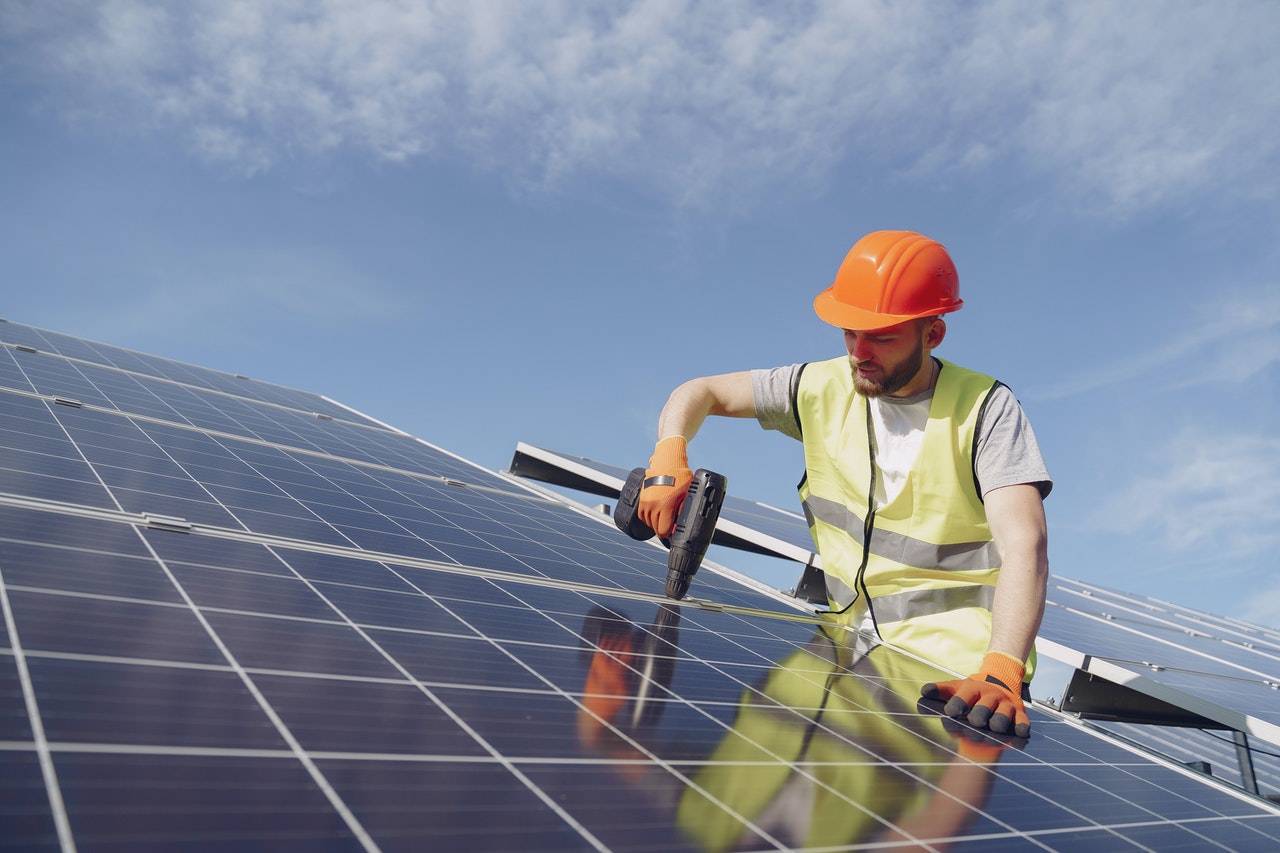
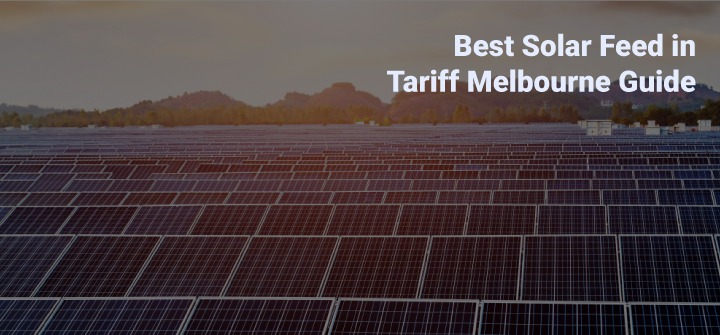
Best Solar Feed in Tariff Melbourne Guide
There are several reasons to install solar panels in Victoria, but most people are interested in how much money they would save on their energy costs. Despite a multitude of contributing elements, the feed-in tariff (FiT) garners the greatest interest.
This number determines the number of credits families will receive on their electricity bills for exporting excess energy back into the grid. But is it as easy as enrolling in the solar plan with the highest FiT? Typically, a number of factors influence the overall price Victorians paid for electricity. In light of this, let's take a look at the finest solar feed-in tariff in Melbourne, as well as a few additional characteristics to keep an eye out for to maximize the return on your solar investment.
What is a Feed-in solar tariff?
A feed-in tariff is an electricity plan that allows you to return any excess energy generated by your solar PV system back to the electric grid in exchange for compensation. A feed-in tariff is so named because you input power into the energy system.
Let's examine this notion in further detail.
If your solar panels produce more solar energy than your home requires, the extra power will be squandered unless you have a battery bank (to store it for later use) or a feed-in tariff that allows you to export it to the energy grid.
Only by enrolling in a feed-in tariff can excess energy be returned to the grid. You may enroll in a feed-in tariff through the majority of energy providers. After registering for a plan, your energy supplier will often credit your energy bill with the surplus electricity you create.
There are many feed-in tariff schemes that pay varying amounts for each kilowatt-hour (kWh) of power you give back to the grid.
The additional income you earn might serve as an incentive to purchase solar panels by accelerating the payback of the initial expenditure.
However, let us not overlook the primary advantages of solar panels.
Feed-in tariffs vs energy rates: What’s more important?
Occasionally, energy companies conceal rising power rates behind the best solar feed-in tariff in Melbourne, which is, to say the least, puzzling. The base rates of an energy plan should remain competitive regardless of how high the FiT is, but your unique circumstances and household demands will ultimately determine your choice.
A residence that exports a substantial amount of extra energy to the grid may be eligible for a higher feed-in tariff, which might explain higher electricity use and supply prices. On the opposite end of the spectrum, a home with fewer solar panels may benefit more from an average FiT and lower base rates. You should do the math to see how much money you're saving on electricity bills and if reduced rates or a higher feed-in tariff rate would be more beneficial.
Victoria's final word on solar
We are all aware that solar is a substantial investment, costing tens of thousands of dollars before installation. Finding a solid bargain that can pay for itself over time is akin to the Australian dream, given the substantial initial investment required. With a bit of research and an awareness of which features are most essential to you, you may save a significant amount of money, especially if you qualify for a solar rebate.

